A seven-metre bar highlighting climate change, a barcode of white fluorescent tubes, a canopy of birdcages and forgotten birdsongs, a prosthetic skin with its heartbeat pulsing through a laneway, a pop up kitchen and nightclub, and a stunning temporary ‘infinity’ forest in the city centre are just some of the ideas that will be realised for this year’s Laneways By George! Hidden Networks.
More than 500 registrations and 68 submissions were received for the temporary artwork project.
“These exciting proposals will not only enliven our laneways, but challenge us to think about the future of our planet, our relationships with each other and will remind us what we have lost as Sydney has become increasingly urbanized,” Lord Mayor Clover Moore MP said.
Curator and urban designer Dr Steffen Lehmann and the City of Sydney’s public art panel selected eight teams and their concepts.
“Sydney’s central business district conceals a hidden network of inter-connected laneways beyond its main streets. What is exciting is that the unforeseen, unexpected use of these laneways within the planned city centre might actually be the key to its future success, defining a new role for the CBD", said Dr Lehmann.
Each project focuses on collaboration, sustainability and the changing role of public spaces, and has been created by interdisciplinary teams including artists, architects, urban designers, landscape architects and others such as musicians, poets, a scientist and a lawyer.
The proposed Laneways By George! 2009 - Hidden Networks temporary artworks will now go through the DA process, then if approved be installed in time for the City of Sydney's Art & About event in October.
The installations are intended to remain in place until the end of The Sydney Festival in late January 2010.??Art & About runs from October 1- 25 and is produced by the City of Sydney.
The eight projects are:
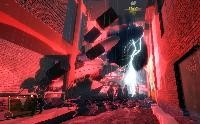
7 Metre Bar, by Richard Goodwin, Adrian Macgregor and Russell Lowe.
This project highlights the inaction on climate change, combining the landscape of weather and topography with the architecture of a catastrophe and the interactive technology of digital games.
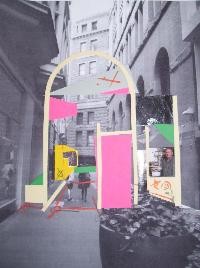
PS: Potential Spaces, by Neeson Murcutt, Chalk Horse and Freehills.
The concept links the idea that laneways could one day be used for future habitation, with new street furnishings, markers, mirrors and lounges, revealing the hidden potential.
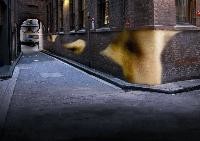
Dwell in the City, by Kim Bridgland, Adrian Hill and team.
A prosthetic skin will be applied to along the brick walls of Bridge Lane, as a barely audible heartbeat pulses through the laneway, visualising decay of aging bodies.

The Urban Barcode, by Maix Mayer, Damian Hadley and Hannah Tribe.
This project recreates the barcode of Jan Gehl's “Life Between Building” created with white fluorescent tubes in Abercrombie lane with a pocket size open-air cinema showing movies about cities.
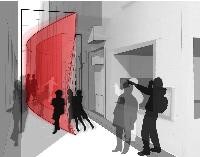
The Meeting Place, by Aspect Studios Landscape Architects, Herbert+Mason, Derlot, Light 2.
A playful installation encouraging participation and interaction while heightening the experience of moving through the urban space of Little Hunter Street.

Family Unit: Chill Trailer, by Anne Graham and the Bond Family.
A mobile trailer that opens up and expands with events and performances in a number of laneways to encourage community interaction and participation. The trailer will transform into everything from a nightclub to a kitchen, chill-out space, classroom and even a garden.
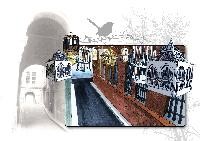
Forgotten Songs, by Michael T. Hill, Richard Major, David Towey, Richard Wong.
This concept engages with the beauty, unexpectedness and unfamiliarity of displaced birdsongs, while exploring how Sydney’s fauna has evolved and adapted to coexist with increased urbanisation.
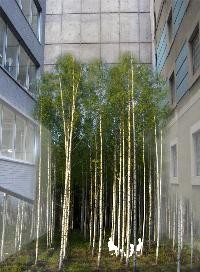
Infinity Forest, by Mathew Chan (Scale Architecture), Isabelle Cordeiro, Katie Hepworth.
A temporary forest jolting people who cut through Penfolds Place with an unexpected concentration of nature and an intimate reflective room.

